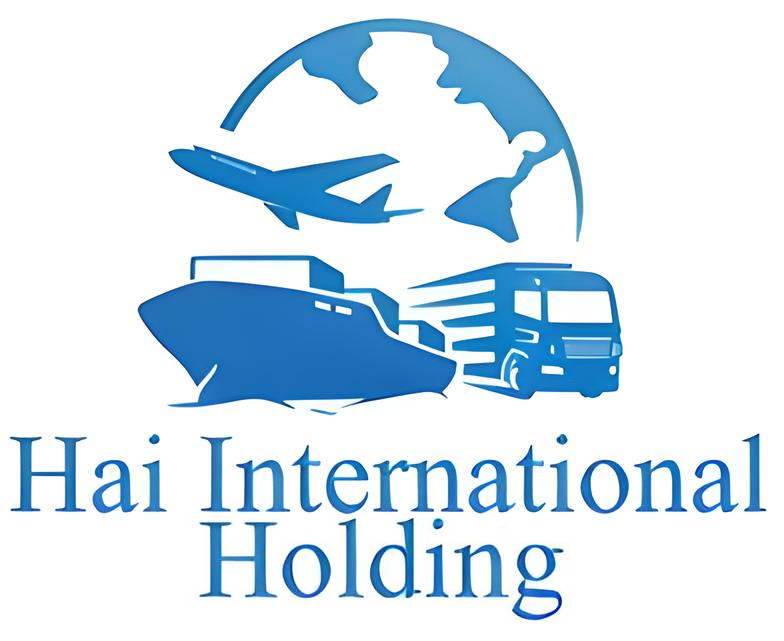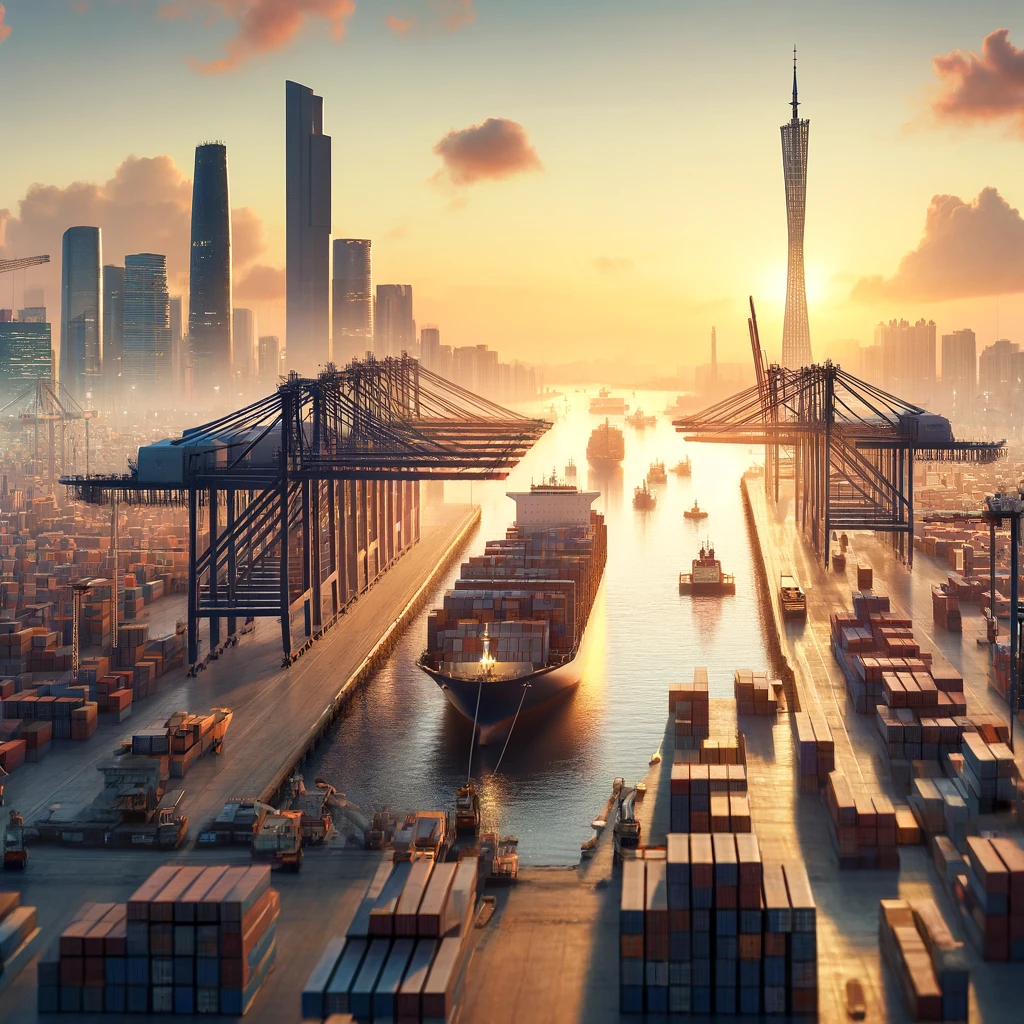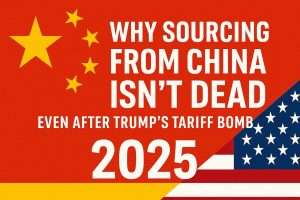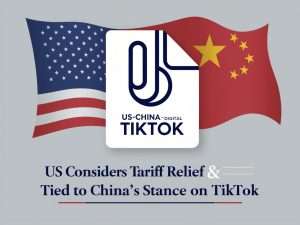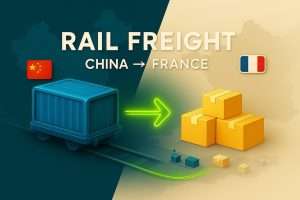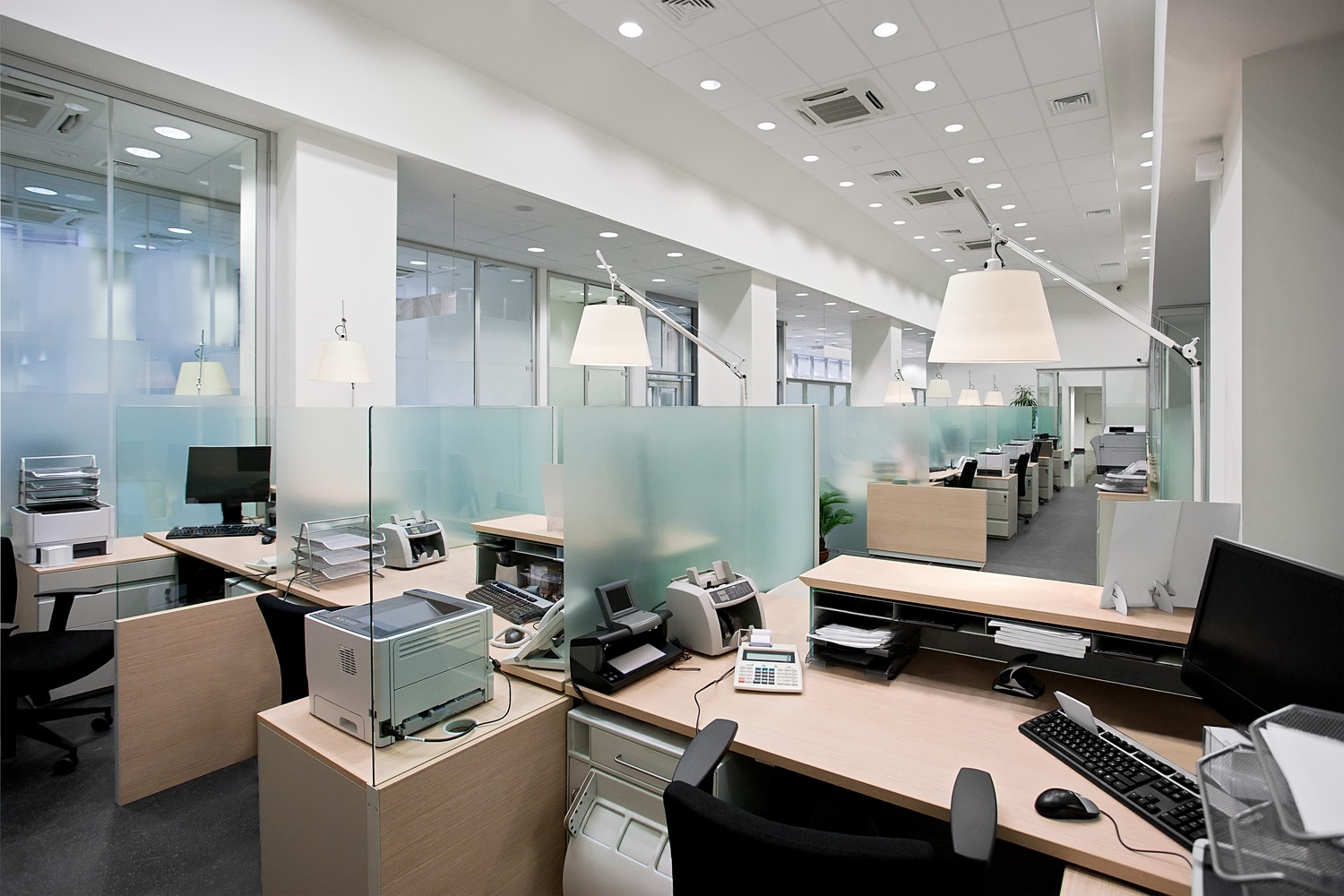Did you know Guangzhou is a key hub in global trade? This guide explores how key imports, from electronics to textiles, drive its economy and support thousands of jobs. We’ll look at the strategic routes and the significant economic impacts of these activities.
Discover why Guangzhou isn’t just a city, but a critical player on the global stage, enhancing its position through efficient logistics and diverse imports. This brief overview sets the stage for a deeper dive into the city’s role in international commerce.
Key Products Imported Through Guangzhou
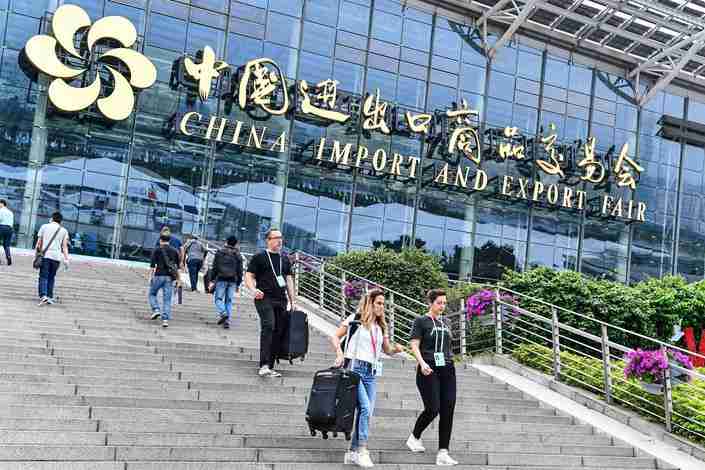
Electronics and Machinery
In the realm of global trade, Guangzhou is a powerhouse for importing high-tech electronics and heavy machinery. This city is more than just a transit point; it’s an integral part of a larger ecosystem that drives technological advancement and industrial efficiency across the globe. The import of these sophisticated items not only fuels local industries but also serves as the backbone for numerous tech startups and established enterprises throughout Asia.
The strategic importance of Guangzhou in the electronics market cannot be overstated. With a vast array of products including semiconductors, computer parts, and telecommunications equipment flowing through its ports, Guangzhou’s role is critical in maintaining the supply chains that global economies depend on. For example, in recent years, Guangzhou has seen a surge in imports of microchips and other electronic components, crucial for everything from smartphones to electric vehicles, with a recorded increase of 20% in imports year-over-year.
Textiles and Garments
Guangzhou’s legacy as a textile hub is long-standing and deeply woven into the fabric of its cultural and economic identity. The city’s ports see a continuous flow of textiles ranging from raw materials like cotton and silk to finished garments destined for markets around the world. This sector not only supports local artisans and factories but also feeds into the global fashion industry, where speed, quality, and innovation are paramount.
The impact of Guangzhou’s textile imports extends beyond simple economics; it influences fashion trends and production strategies globally. As of last year, Guangzhou accounted for approximately 15% of all textile imports in China, highlighting its critical role in not only national but also international fashion arenas. The city’s strategic position has enabled it to develop a robust infrastructure for rapid production and distribution, making it a favored choice for international fashion brands looking to minimize turnaround times from design to retail.
Automotive Parts
The automotive industry in Guangzhou is a significant beneficiary of global import dynamics, with the city acting as a vital node in the automotive supply chain. Importing a range of automotive components, from precision engine parts to advanced electronic systems, Guangzhou helps sustain China’s automotive production capabilities at a competitive edge. This not only supports domestic manufacturers but also attracts foreign companies seeking efficient, reliable production partners.
This sector’s contribution to Guangzhou’s economy is substantial, fostering not only trade but also technological advancement within the automotive industry. The city’s commitment to importing high-quality automotive parts has spurred innovation in vehicle manufacturing, including the development of electric and hybrid vehicles. In recent years, the value of imported automotive components has steadily increased, reflecting the growing complexity and technological sophistication of the vehicles produced. This trend underscores Guangzhou’s pivotal role in shaping the future of automotive technology and production on a global scale.
Major Export Destinations
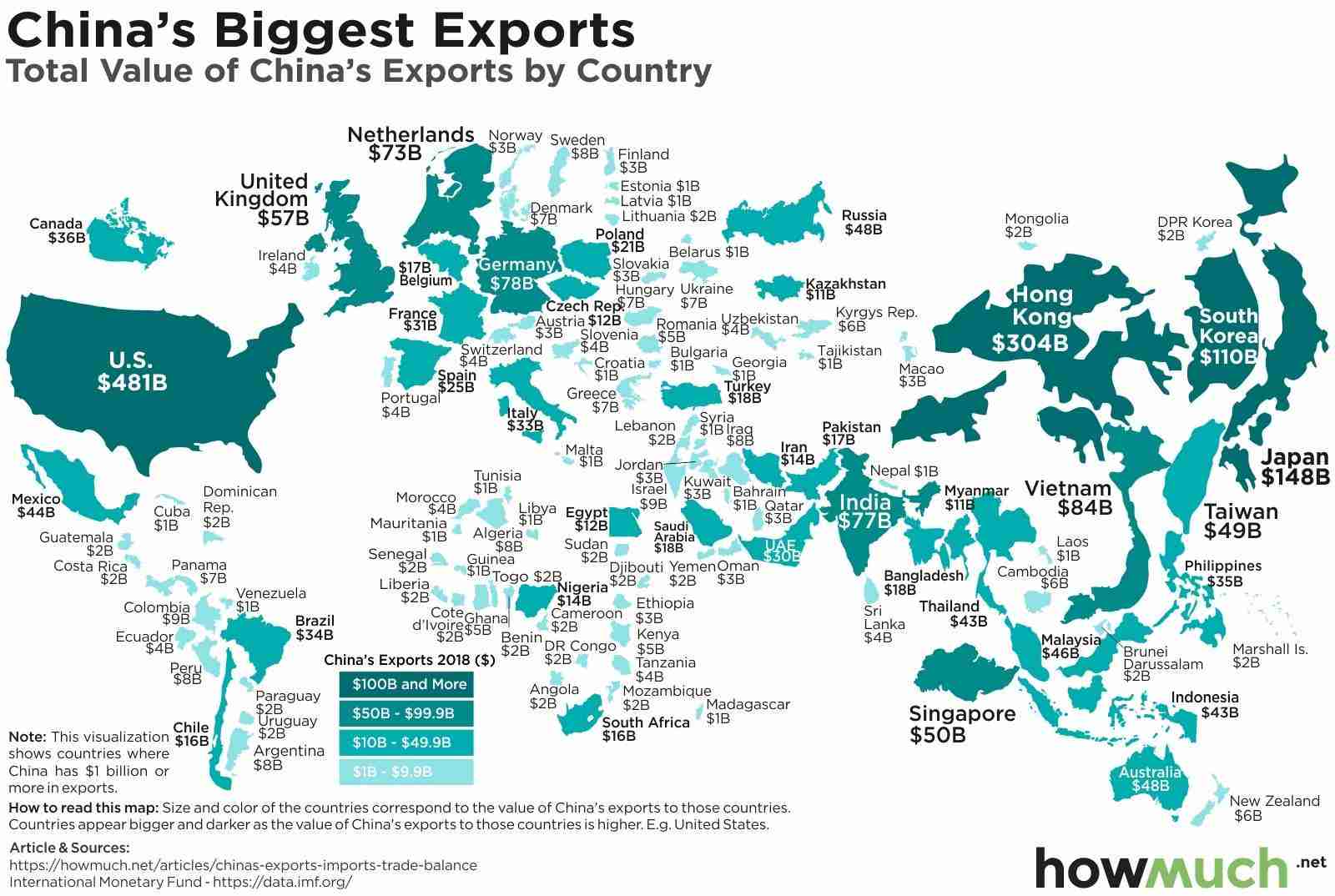
Exports to Southeast Asia
Southeast Asia, a region characterized by its vibrancy and dynamic markets, serves as a major destination for electronics and textiles from Guangzhou. This relationship bolsters Guangzhou’s status as a powerhouse in manufacturing and global exports. Countries like Vietnam, Thailand, and Malaysia import a significant volume of cost-effective yet high-quality goods from Guangzhou, fueling their consumer electronics and garment industries. These exports often include specialized fabrics designed for both high fashion and everyday wear, as well as a range of electronic components and assemblies utilized in smartphones and other tech devices.
The trade volume between Guangzhou and Southeast Asia has shown steady growth, underpinned by geographical proximity and the complementary nature of the economies. In 2022, exports of electronics to this region represented about 20% of all such exports from Guangzhou, highlighting the critical role of these economic ties. The enactment of regional trade agreements, such as the Regional Comprehensive Economic Partnership (RCEP), has further streamlined the exchange of goods, boosting the efficiency and scope of Guangzhou’s export operations.
Exports to Europe
Europe is renowned for its high standards, and it remains a crucial market for luxury goods and industrial machinery exported from Guangzhou. High-end brands and precision engineering products, particularly from Guangzhou, find a receptive market in Europe, with France and Italy being notable for their demand for luxury items. These exports range from the latest fashion designs to high-quality watches and vehicles, catering to Europe’s affluent consumer base.
On the industrial side, Guangzhou’s exports of machinery are essential for Europe’s manufacturing sectors, especially in areas that require precision and advanced technology such as automotive manufacturing and robotics. German industries, in particular, rely heavily on the import of state-of-the-art machinery from Guangzhou to maintain high production standards. In 2022, the export of industrial machinery to Europe grew by 15%, reflecting the strong demand for Guangzhou’s advanced technological products.
Exports to North America
North America is a significant market for a diverse range of products from Guangzhou, impacting sectors from technology to agriculture. The exports include cutting-edge aerospace components and IT hardware, crucial for maintaining North America’s competitive edge in technological advancements and aerospace development. These products are vital not only for their direct applications but also for the contributions they make to research and development in technology-focused sectors.
Additionally, agricultural exports to North America, including processed foods and specialty crops, play a role in diversifying the American food market and supporting niche dietary trends. The advanced agricultural technologies developed in Guangzhou, such as genetically modified seeds and innovative farming equipment, have also found a market in North America, enhancing the productivity and sustainability of agricultural practices there. In 2022, these exports were instrumental in strengthening the agricultural ties between Guangzhou and North America, showcasing their strategic significance in fostering bilateral trade relations.
Economic Impact on Guangzhou and Greater China
Job Creation and Workforce Development
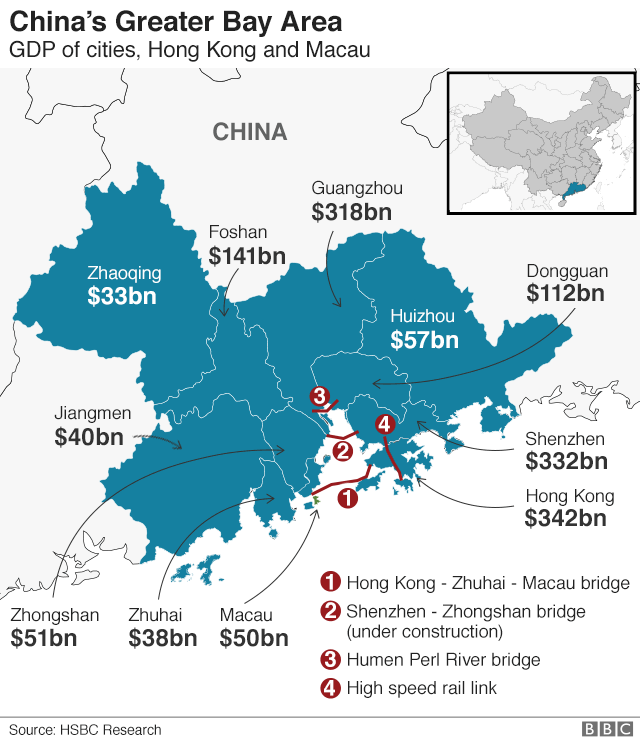
The import activities in Guangzhou catalyze significant economic benefits, notably in job creation across various sectors. By importing a diverse range of products, the city not only sustains manufacturing jobs but also boosts employment in ancillary services such as logistics, warehousing, and retail. For instance, the influx of electronic components necessitates skilled labor for assembly, quality control, and maintenance, thereby enhancing the local skill base.
Furthermore, the impact extends to the development of a skilled workforce. Training and development programs, often sponsored by multinational corporations in the region, equip local employees with high-level skills in technology and management. This upskilling of the workforce contributes to higher productivity and innovation, fostering a competitive business environment within the city.
Stimulation of Ancillary Sectors
Guangzhou’s robust import operations play a critical role in stimulating ancillary sectors such as logistics and retail. The logistics sector, in particular, benefits immensely from the need to efficiently manage the flow of goods into and out of the city. This includes investments in transportation infrastructure, such as the expansion of port facilities and the enhancement of freight and rail systems. In 2022, Guangzhou’s logistics sector grew by 8%, a direct reflection of the city’s increased import activity.
Retail sectors also see significant growth due to the diversity and volume of products entering the local market. Imported goods, especially luxury items and electronics, attract both local and international consumers, contributing to Guangzhou’s status as a retail hub in Southern China. The presence of global retail brands in Guangzhou not only enhances consumer choice but also drives competitive pricing and service quality, enriching the shopping experience for consumers.
Economic Growth and International Trade
The import activities in Guangzhou are pivotal for economic growth and reinforcing the city’s role in international trade. As a primary gateway for goods entering China, Guangzhou contributes to the balance of trade and supports China’s economic strategies, including initiatives like the Belt and Road Initiative, which seeks to increase trade links between Asia and the rest of the world.
The economic impact of these activities is profound, contributing to Guangzhou’s GDP and enhancing its economic profile on a global scale. For example, the total trade through Guangzhou ports accounted for approximately 30% of the regional GDP in 2022, highlighting the critical role of imports in driving economic vitality. This economic boost not only strengthens local industries but also attracts foreign investment, fostering further economic development and integration into the global economy.
Transportation and Freight Forwarding
Sea Routes: The Port of Guangzhou
 The Port of Guangzhou ranks as one of the busiest ports in the world, serving as a crucial node in global sea routes. Its strategic location along the South China Sea allows it to handle massive volumes of imports and exports, reinforcing Guangzhou’s status as an international trade center. The port’s capacity and state-of-the-art facilities enable the handling of millions of TEUs (Twenty-Foot Equivalent Units) annually. In 2022, the Port of Guangzhou handled over 20 million TEUs, showcasing its vital role in facilitating global commerce.
The Port of Guangzhou ranks as one of the busiest ports in the world, serving as a crucial node in global sea routes. Its strategic location along the South China Sea allows it to handle massive volumes of imports and exports, reinforcing Guangzhou’s status as an international trade center. The port’s capacity and state-of-the-art facilities enable the handling of millions of TEUs (Twenty-Foot Equivalent Units) annually. In 2022, the Port of Guangzhou handled over 20 million TEUs, showcasing its vital role in facilitating global commerce.
The efficiency of the Port of Guangzhou is not just about volume; it also incorporates advanced logistics technologies such as automated cranes and AI-driven cargo systems, which streamline operations and reduce turnaround times for shipping vessels. This technological prowess not only boosts the port’s capacity but also enhances the overall reliability and speed of maritime trade routes connected to Guangzhou.
Air Routes: Guangzhou Baiyun International Airport
Guangzhou Baiyun International Airport plays a pivotal role in supporting rapid air freight operations. As the main aviation hub in southern China, it facilitates the swift movement of high-value and time-sensitive goods across continents. The airport’s modern infrastructure and extensive flight network enable it to manage substantial cargo volumes efficiently, making it a key player in global air freight logistics.
In recent years, the airport has expanded its cargo facilities to accommodate increasing demand for air freight services, particularly for electronics, pharmaceuticals, and perishables that require speedy delivery. For example, in 2022, Baiyun Airport processed over 1.5 million metric tons of cargo, underlining its capacity to support Guangzhou’s import and export activities and its critical role in enhancing the city’s connectivity to international markets.
Land Routes: Rail and Road Networks
The extensive rail and road networks in Guangzhou ensure seamless connectivity across China, making land-based transportation a vital component of the city’s overall logistics framework. These networks facilitate efficient movement of goods to and from the port and airport, linking major industrial and commercial hubs across the region.
Guangzhou’s position as a central hub in China’s Belt and Road Initiative highlights its strategic importance in overland trade routes, particularly those extending into Southeast Asia, Central Asia, and beyond. The city’s rail network includes high-speed rail lines and dedicated freight corridors that are crucial for transporting bulk commodities and manufactured goods across vast distances efficiently. For instance, the Guangzhou-Shenzhen-Hong Kong Express Rail Link significantly reduces transit times for goods traveling between these major economic zones, enhancing trade flow and logistical efficiency.
Role of Freight Forwarders
Streamlining Import Logistics with HAI International Holding
Freight forwarders such as HAI International Holding play a crucial role in streamlining the complexities of import logistics, ensuring that goods move efficiently and effectively from origin to destination. HAI International Holding, as a leader in the industry, specializes in navigating the myriad challenges that come with international trade, from customs clearance to cargo consolidation.
Freight forwarders are instrumental in optimizing the logistics chain, offering tailored solutions that reduce costs and improve delivery times. For example, HAI International Holding utilizes advanced tracking systems and software to manage shipments in real time, providing clients with up-to-date information about their goods. In 2022, HAI International Holding managed over 5,000 shipments with a 98% on-time delivery rate, highlighting their proficiency and reliability in handling complex logistics operations.
Enhancing Efficiency Through Expertise
The role of freight forwarders extends beyond mere transportation. They are experts in logistics planning and regulatory compliance, which are crucial for minimizing disruptions in the supply chain. By ensuring compliance with both international and local regulations, HAI International Holding helps businesses avoid costly delays and fines associated with customs violations.
Furthermore, freight forwarders like HAI International Holding offer additional services such as inventory management, warehousing, and distribution, which are essential for businesses looking to expand globally. Their expertise in these areas allows companies to focus on their core business activities while leaving the logistical complexities to seasoned professionals.
Facilitating Global Trade
Freight forwarders are vital facilitators of global trade, acting as a bridge between businesses and the often opaque regulatory environment of international shipping. By leveraging their extensive networks and industry knowledge, forwarders like HAI International Holding can provide cost-effective and efficient shipping options, regardless of the size or scale of the operation.
Their role is particularly important in today’s globalized market, where the ability to efficiently transport goods can be as crucial as the quality of the products themselves. Companies relying on freight forwarders can achieve greater flexibility in their supply chains, adapt more quickly to market changes, and enhance their competitiveness in the international arena.
Challenges in the Import Sector
Navigating Regulatory Changes
One of the primary challenges in the import sector is navigating regulatory changes. Regulations concerning imports can vary significantly across regions and can change frequently, impacting everything from tariff rates to product standards. For businesses involved in international trade, staying compliant with these regulations is crucial to avoid penalties and ensure smooth operations.
For instance, changes in trade policies between countries can result in sudden adjustments in tariff rates or import quotas, which can dramatically affect the cost and availability of imported goods. Companies must remain agile, often relying on legal and trade experts to keep abreast of changes and adapt their strategies accordingly. In 2021, regulatory changes in the European Union regarding electronic imports required businesses to revise their compliance documents and certification processes, illustrating the need for constant vigilance and adaptability in this sector.
Overcoming Logistical Constraints
Logistical constraints also pose significant challenges for importers. Issues such as limited shipping capacity, delays at customs, or infrastructure deficiencies can disrupt supply chains and affect the timely delivery of goods. Effective logistics management becomes essential, particularly when dealing with perishable goods or high-demand products where delays can lead to significant financial losses.
In response, many companies invest in developing robust logistics strategies that include diversifying transportation routes and maintaining buffer stocks. Advanced technologies like GPS tracking and AI-driven logistics platforms are increasingly employed to optimize shipping routes and predict potential disruptions, allowing companies to proactively manage their supply chains.
Dealing with Market Fluctuations
Market fluctuations can drastically affect the import sector, where changes in supply and demand can alter product prices and availability. Economic downturns, changes in consumer preferences, or global events like pandemics can all create unpredictable market conditions that challenge importers.
To mitigate these challenges, companies often conduct regular market analysis and demand forecasting to adjust their inventory and procurement strategies. This proactive approach allows them to better manage risks associated with market volatility, ensuring they can meet consumer demands while maintaining profitability.
Advice for New Importers
Understanding the Market
For newcomers in the import business, a deep understanding of the market is crucial. Before launching import operations, it’s essential to conduct thorough market research to identify consumer needs, market size, and potential competition. This includes analyzing market trends, consumer behavior, and product demand to ensure that the goods imported will meet market expectations and generate sufficient sales.
For example, a company looking to import electronic goods into Guangzhou should be aware of local consumer preferences for certain brands or technologies, as well as seasonal demand spikes, such as during the Chinese New Year when tech purchases increase. This level of market understanding can significantly enhance product positioning and promotional strategies, leading to better market penetration and profitability.
Ensuring Compliance
Compliance with both international and local regulations is another critical aspect that new importers must manage meticulously. This involves understanding a myriad of import regulations, including tariffs, taxes, and customs requirements, which can vary widely from country to country. Non-compliance can lead to hefty fines, legal issues, and severe disruptions in business operations.
It is advisable for importers to either develop an in-house compliance team or collaborate with legal and trade professionals who can provide up-to-date information and guidance on the latest regulatory requirements. For instance, partnering with a local freight forwarder like HAI International Holding can help new importers navigate the complex customs procedures in China and ensure all legal requirements are met efficiently.
Building Reliable Networks
Building reliable networks is essential for successful import operations. This includes establishing strong relationships with suppliers, logistics providers, and local distributors. Having a dependable network can help in negotiating better terms, reducing costs, and ensuring a steady supply chain.
Networking events, industry seminars, and trade shows are excellent venues for connecting with potential business partners. Additionally, joining relevant associations or trade groups can provide valuable resources and insights into industry standards and best practices. For example, becoming a member of the Guangzhou Chamber of Commerce can provide new importers with access to a vast network of experienced businessmen and industry experts, which can be invaluable in establishing a foothold in the market.
Case Studies
Success Story: Electronics Import in Guangzhou
One notable success story in the import sector is that of an electronics importer based in Guangzhou who focused on market research and consumer trends. This importer successfully identified a niche market for high-end gaming equipment in China. Their strategic decision to import cutting-edge gaming consoles and accessories from Japan and South Korea met significant consumer demand, leading to a rapid increase in market share.
Their success was largely due to their strong supplier relationships and efficient logistics operations, allowing them to maintain a consistent supply chain even during peak demand periods. They also leveraged digital marketing strategies to enhance brand visibility and engage with their target audience effectively. As a result, their sales figures surged by 40% in one year, showcasing the impact of well-informed market entry and robust operational strategies in the import business.
Learning from Failures: Apparel Import Challenges
Contrastingly, a less successful case involves a startup that aimed to import luxury apparel into Guangzhou. Despite the apparent market potential, this company encountered significant challenges due to poor compliance and mismanagement of customs processes. They underestimated the importance of understanding local import regulations, which led to delays and fines that severely impacted their operational budget.
Furthermore, the company failed to establish a reliable distribution network, resulting in stockpiles of unsold inventory. The lack of market research and an overestimation of demand for their products compounded their problems, ultimately leading to the business’s closure within two years. This case underscores the critical importance of compliance, logistics planning, and accurate market analysis in avoiding costly pitfalls in the import sector.
Conclusion
Summarizing Guangzhou’s Import Industry
As we’ve explored throughout this guide, Guangzhou’s import industry is a crucial component of both local and international economies. This vibrant city serves as a gateway to China, harnessing the power of global trade to propel economic growth and development. With its strategic geographic location and robust infrastructure, Guangzhou has established itself as a linchpin in the network of international commerce.
Continuous Advancements and Strategic Planning
The success of Guangzhou’s import sector is not just a product of its location but also of continuous advancements in technology and logistics. These innovations ensure that the city can handle the complexities of modern trade efficiently. Moreover, strategic planning by local government and businesses helps to maintain this status, adapting to global economic shifts and capitalizing on new opportunities.
Staying at the Forefront of Global Trade
Looking ahead, Guangzhou is poised to remain at the forefront of global trade. Its commitment to upgrading port facilities, expanding airport capacities, and enhancing logistic networks is indicative of a forward-thinking approach to trade and economic development. For businesses and investors, Guangzhou represents a dynamic and promising landscape, rich with opportunities for growth and collaboration in the bustling markets of the 21st century.
In conclusion, whether you are a seasoned importer or a new entrant to the field, understanding and leveraging the strengths of Guangzhou’s import industry can provide significant advantages in the competitive arena of global trade.
FAQs
What are the top products imported through Guangzhou?
The top products imported through Guangzhou include electronics, textiles, and automotive parts. These categories dominate due to Guangzhou's strategic role in China’s manufacturing and technology sectors. Electronics range from consumer gadgets to high-tech components, textiles cover everything from raw materials to fashion garments, and automotive parts support both domestic manufacturing and global supply chains.
How does HAI International Holding facilitate import operations?
HAI International Holding streamlines import operations by managing the complexities of logistics and compliance. They provide services such as customs clearance, cargo consolidation, and freight forwarding, ensuring that goods are transported efficiently from origin to destination. By utilizing advanced tracking technologies and having expert knowledge of regulatory requirements, HAI International Holding enhances the reliability and speed of import processes for their clients.
What are the main challenges faced by importers in Guangzhou?
Importers in Guangzhou face challenges such as navigating regulatory changes, dealing with logistical constraints, and adapting to market fluctuations. Regulatory challenges include staying compliant with international and local trade laws, while logistical issues often involve managing the efficient transport and storage of goods. Market fluctuations can affect supply and demand, requiring importers to be flexible and responsive.
How can technology improve import processes?
Technology can significantly improve import processes by enhancing efficiency, transparency, and accuracy. Innovations like blockchain provide secure and transparent transaction records, AI and machine learning optimize logistics routes, and IoT devices offer real-time tracking of goods. These technologies help in reducing delays, cutting costs, and improving overall supply chain management.
What sustainable practices are important in shipping?
Sustainable practices in shipping are crucial to reducing environmental impact and promoting long-term sustainability. Important practices include using cleaner fuels, implementing energy-efficient operations, and adopting green packaging solutions. Moreover, companies are increasingly participating in carbon offset programs and investing in innovative technologies such as electric and solar-powered vessels to minimize their ecological footprint.
